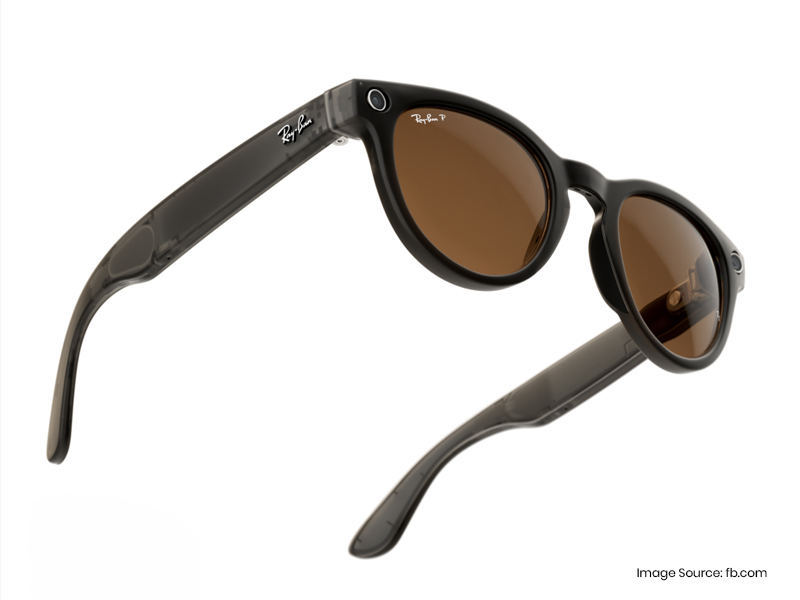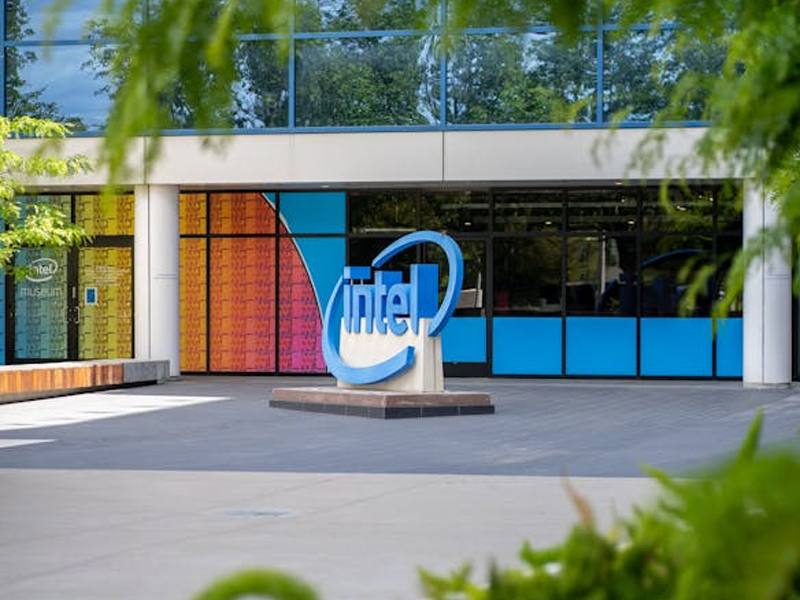A Look Through the Metaverse: Unveiling Meta’s AR Glasses

AR and VR
A Glimpse into the Features
While official details are scarce, leaks, rumors, and industry speculation paint a picture of what to expect from Meta’s AR glasses:AI-Powered Functionality
Meta boasts expertise in artificial intelligence, and it’s likely these glasses will integrate AI features. Imagine voice commands to control your digital world, real-time translation displayed in your field of view, or AI-powered object recognition for contextual information.Augmented Reality Experience
 The core function of these glasses will be to overlay digital information onto the real world. Think directions superimposed on your walking path, live sports statistics displayed during a game, or 3D models appearing alongside physical objects.
The core function of these glasses will be to overlay digital information onto the real world. Think directions superimposed on your walking path, live sports statistics displayed during a game, or 3D models appearing alongside physical objects.
Sleek Design and Functionality
Meta understands the importance of user adoption, so expect a comfortable and stylish design that integrates seamlessly with everyday life. Rumors suggest lightweight frames and potentially innovative display technologies.Privacy Concerns
A major hurdle for AR glasses is user privacy. Meta will need to address concerns about data collection and ensure users have control over what information appears in their augmented reality experience.Release Date and Availability
As of April 2024, there’s no official confirmation on the release date for Meta’s AR glasses. Leaked internal documents suggest a possible “precursor” version with a display arriving in 2 to 3 years, with the full-fledged AR glasses potentially launching in 2027. Availability might also be limited initially, with a wider rollout happening later.Competition in the AR Arena
Meta isn’t the only player in the AR game. Here’s a look at some key competitors:Apple
Rumors suggest Apple is also developing its own AR glasses, codenamed “Vision Pro”. This could be a major competitor, leveraging Apple’s established user base and focus on user experience.Microsoft
The HoloLens from Microsoft is already available, primarily targeting enterprise applications. Future iterations might target a broader consumer market.Magic Leap
Another established player, Magic Leap offers AR headsets with a focus on spatial computing and professional applications.The Road to the Metaverse
 Meta’s AR glasses are a significant step towards realizing the concept of the Metaverse, a persistent, immersive virtual world accessible through wearable tech. These glasses have the potential to revolutionize the way we interact with information, communicate with others, and experience the world around us.
Meta’s AR glasses are a significant step towards realizing the concept of the Metaverse, a persistent, immersive virtual world accessible through wearable tech. These glasses have the potential to revolutionize the way we interact with information, communicate with others, and experience the world around us.
Looking Ahead
While details are still emerging, Meta’s AR glasses hold immense promise. The integration of AI, the potential for a seamless AR experience, and the connection to the broader Metaverse vision are all exciting advancements. However, questions regarding privacy, design, and user adoption remain to be addressed. As Meta refines its technology, the future of AR and the Metaverse will undoubtedly become clearer.You Might Be Interested In:
- Mixed Signals: Decoding Intel’s Stock Slump Despite Earnings Beat
- Beyond Likes and Followers: Exploring the Evolving Landscape of Social Media
- Is TikTok Facing a US Ban? Decoding the New Law and Its Impact on Millions of Users
- Click, Buy, Pollute? Environmental Impact of Online Shopping and Ways for Sustainable E-commerce
Frequently Asked Questions?

01
Blockchain Technology
Mixed Signals: Decoding Intel’s Stock Slump Despite Earnings Beat
Apr 29, 2024

01
Cybersecurity
Beyond Likes and Followers: Exploring the Evolving Landscape of Social Media
Apr 28, 2024
01
Tech news
Is TikTok Facing a US Ban? Decoding the New Law and Its Impact on Millions of Users
Apr 27, 2024

01
Blockchain
The High Price of Crypto: Environmental Cost of Mining and Solutions for a Greener Future
Apr 25, 2024
SUSBSCRIBE TO OUR NEWSLETTER
Join our subscribers list to get the latest news and special offers.
Mixed Signals: Decoding Intel’s Stock Slump Despite Earnings Beat
Beyond Likes and Followers: Exploring the Evolving Landscape of Social Media
Is TikTok Facing a US Ban? Decoding the New Law and Its Impact on Millions of Users
Click, Buy, Pollute? Environmental Impact of Online Shopping and Ways for Sustainable E-commerce